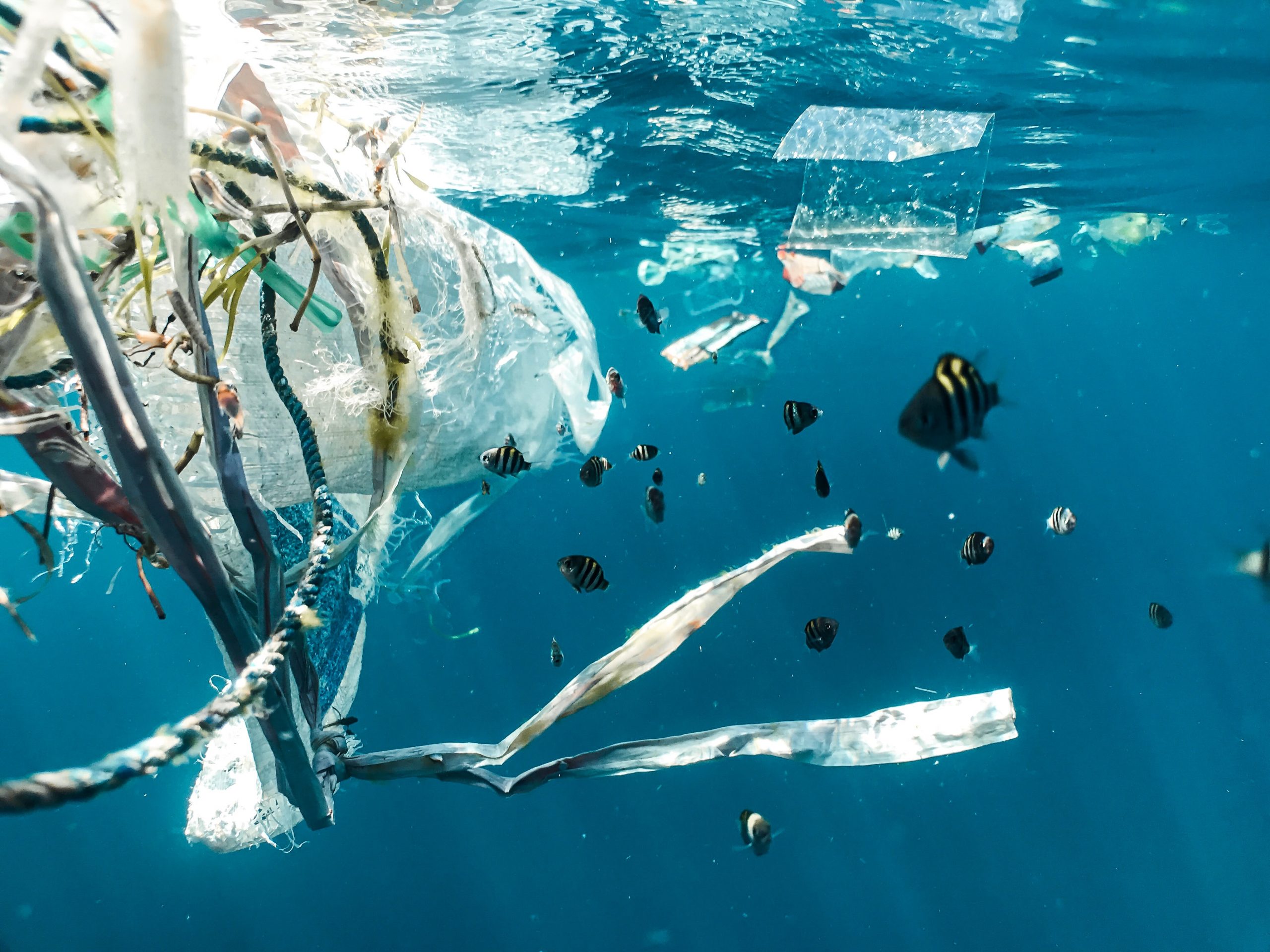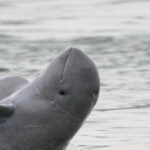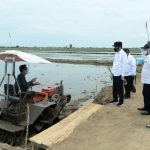First evidence of microplastics found in Antarctic snow

Jakarta (Indonesia Window) – New Zealand’s University of Canterbury researchers have published the world’s first study confirming the discovery of microplastics in fresh snow in Antarctica.
Most people see Antarctica as a pristine, relatively untouched place, but a new study published on Wednesday (June 8) revealed the presence of microplastics – plastic pieces much smaller than a grain of rice – in freshly fallen Antarctic snow for the first time.
These findings, ‘First evidence of microplastics in Antarctic snow’ published in the scientific journal The Cryosphere, bring light to a serious threat to the Antarctic.
Research has found that microplastics have negative impacts on environmental health (limiting growth, reproduction, and general biological functions in organisms, as well as negative implications for humans).
On a wider scale, the presence of microplastic particles in the air has the potential to influence the climate by accelerating melting of snow and ice.
University of Canterbury PhD student Alex Aves collected snow samples from the Ross Ice Shelf in Antarctica in late 2019 as part of Gateway Antarctica’s Postgraduate Certificate of Antarctic Studies. Gateway Antarctica is the Centre for Antarctic Studies and Research at the University of Canterbury.
At the time, there had been few studies investigating the presence of microplastics in the air, and it was unknown how widespread this problem was.
“When Alex travelled to Antarctica in 2019, we were optimistic that she wouldn’t find any microplastics in such a pristine and remote location,” Associate Professor in Environmental Physics Dr. Laura Revell said.
In addition to more remote sites, “we asked her to collect snow off the Scott Base and McMurdo Station roadways, so she’d have at least some microplastics to study,” she added.
Once back in the lab, it quickly became obvious there were plastic particles in every sample from the remote sites on the Ross Ice Shelf too, and that the findings would be of global significance.
Aves, who recently graduated with a Master of Antarctic Studies degree with Distinction, said she was shocked by her findings.
“It’s incredibly sad but finding microplastics in fresh Antarctic snow highlights the extent of plastic pollution into even the most remote regions of the world,” she said. “We collected snow samples from 19 sites across the Ross Island region of Antarctica and found microplastics in all of these.”
“Looking back now, I’m not at all surprised,” Associate Professor Revell said. “From the studies published in the last few years we’ve learned that everywhere we look for airborne microplastics, we find them.”
Aves analyzed snow samples using a chemical analysis technique (micro-Fourier transform infrared spectroscopy) to identify the type of plastic particles present.
The plastic particles were also looked at under a microscope to identify their colour, size and shape – all important observational information for future work.
The paper found an average of 29 microplastic particles per liter of melted snow, which is higher than marine concentrations reported previously from the surrounding Ross Sea and in Antarctic sea ice.
Immediately next to the scientific bases on Ross Island, Scott Base, and McMurdo Station, the largest station in Antarctica, the density of microplastics was nearly 3-times higher, with similar concentrations to those found in Italian glacier debris.
There were 13 different types of plastic found, with the most common being PET, commonly used to make soft drink bottles and clothing.
The possible sources of microplastics were examined. Atmospheric modelling suggested microplastics may have travelled thousands of kilometers through the air, however it is equally likely the presence of humans in Antarctica has established a microplastic ‘footprint’, the researchers said.
Antarctica New Zealand environmental advisor Natasha Gardiner has described this UC research as “of huge value”.
“Alex and her colleagues’ research enables Antarctic Treaty Parties to make evidence-based decisions regarding the urgent need to reduce plastic pollution in the future. It improves our understanding of the extent of plastic pollution near to Scott Base and where it’s coming from. We can use this information to reduce plastic pollution at its source and inform our broader environmental management practices,” she said.
“Importantly, this research project also informs policy at the international level, and we have submitted a paper on the findings to the forthcoming Antarctic Treaty Consultative Meeting,” Gardiner added.
Source: https://www.canterbury.ac.nz/
Reporting by Indonesia Window










